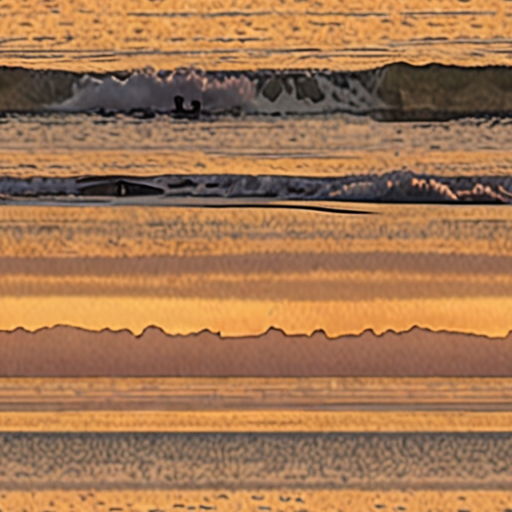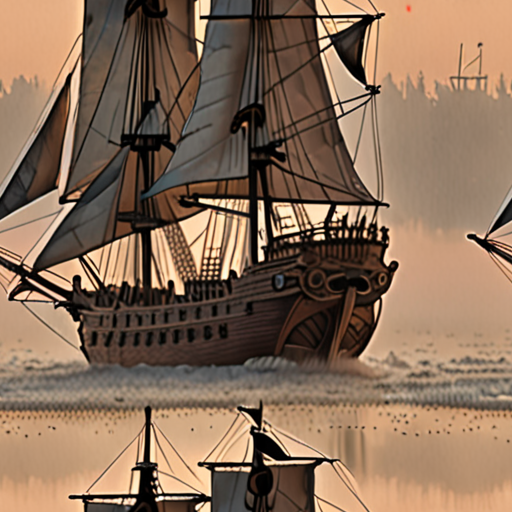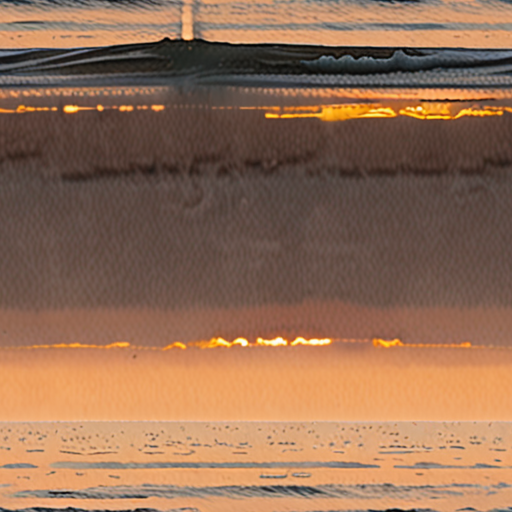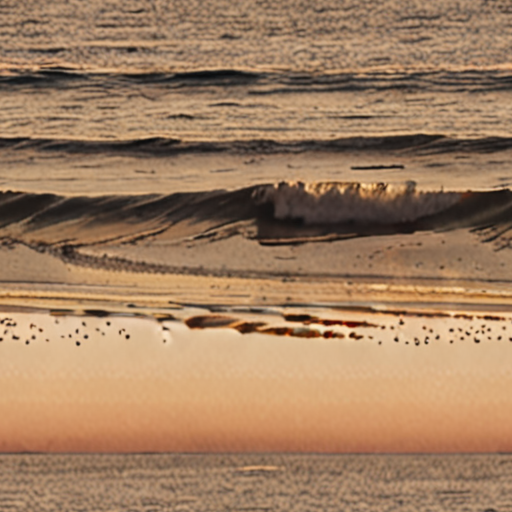As we delve into the world of nautical photography, it becomes clear that there’s more to capturing the perfect shot than just pointing a lens at the sea. A truly captivating nautical photography story requires a deep understanding of composition, lighting, and the art of storytelling itself. By weaving together these elements, photographers can transport viewers to the heart of the ocean, evoking emotions and sparking imagination. From the majestic power of waves to the serene beauty of a sunset over the water, nautical photography has the ability to inspire and awe us. But what makes a great nautical photography story, and how can photographers capture its essence through their lens? In this article, we’ll explore the key elements that come together to create unforgettable nautical photography stories, and provide insights into the techniques and inspiration that drive the world’s top marine photographers.

What Makes a Great Nautical Photography Story?
We believe that a great nautical photography story captures the essence of the ocean and its inhabitants, transporting viewers to a world of wonder and awe.
- Captivating Imagery : A great nautical photography story begins with stunning images that showcase the beauty of the sea and its creatures.
- Telling a Narrative : The story should have a clear narrative thread, whether it’s a tale of adventure, a glimpse into the lives of marine animals, or a reflection on the human relationship with the ocean.
- Emotional Connection : The story should evoke emotions in the viewer, whether it’s a sense of joy, wonder, or concern for the future of our oceans.
- Authenticity : The story should be authentic and honest, reflecting the photographer’s personal vision and perspective.
- Technical Excellence : The technical aspects of the photography, such as composition, lighting, and editing, should be of high quality and enhance the overall impact of the story.
How Can Photographers Capture the Essence of a Nautical Photography Story?
To capture the essence of a nautical photography story, photographers should consider the following:
- Research and Planning : Research the location, weather conditions, and marine life to plan the shoot and increase the chances of getting the desired shots.
- Understanding the Subject : Develop a deep understanding of the subject matter, whether it’s a particular species of fish, a type of ship, or a specific location.
- Composition and Lighting : Pay attention to composition and lighting to create visually appealing images that tell a story.
- Storytelling Techniques : Use storytelling techniques, such as captions, quotes, and narrative threads, to convey the story and engage the viewer.
- Post-processing and Editing : Edit the images to enhance the mood and atmosphere of the story, while maintaining the authenticity of the original shot.
Sharing Your Nautical Photography Story with the World
Once you’ve captured the essence of a nautical photography story, share it with the world through various channels, such as:
- Social Media : Share your photos and stories on social media platforms to reach a wider audience.
- Blogs and Websites : Publish your work on blogs and websites dedicated to nautical photography to connect with like-minded individuals.
- Exhibitions and Competitions : Enter your work into exhibitions and competitions to gain recognition and exposure.
- Community Engagement : Engage with the nautical photography community through online forums, workshops, and meetups to learn from others and share your knowledge.
Conveying Emotional Depth Through Storytelling Techniques
As a photographer who has spent countless hours capturing the majesty of the ocean, I can attest to the power of storytelling in conveying the emotional depth and connection behind my nautical photography images. By weaving together a narrative that transports viewers to the heart of the sea, I aim to evoke feelings of wonder, awe, and connection with the natural world.
Telling the Story Behind the Image
When approaching a shoot, I always consider the story I want to tell. Whether it’s the majestic beauty of a sunset over the waves or the intimate moments between sailors and their vessels, every image has a unique narrative that unfolds. To capture this essence, I employ various techniques, including:
- Composition**: I carefully balance elements within the frame to guide the viewer’s eye through the scene.
- Lighting**: I harness the dynamic play of light and shadow to create mood and atmosphere.
- Color Palette**: I select colors that evoke emotions and resonate with the subject matter.
- Subject Interaction**: I encourage interaction between subjects, whether it’s a sailor and their boat or a wave and the shore.
Weaving Emotion into Every Frame
To infuse emotion into my images, I draw inspiration from personal experiences, observations, and the stories of others. I believe that the most powerful photographs are those that speak to our shared human experiences, evoking emotions that transcend the visual itself. Some ways I incorporate emotion into my work include:
- Authenticity**: I strive to capture genuine moments, free from artificial poses or forced interactions.
- Sensitivity**: I approach sensitive topics, such as environmental issues or social justice, with care and respect.
- Vulnerability**: I invite vulnerability into my images, showcasing the raw emotions and connections that arise from human experiences.
The Power of Community in Nautical Photography
As a member of the sailing community, I’ve witnessed firsthand the impact that photography can have on people’s lives. By sharing our stories and experiences, we create a sense of belonging and connection among sailors, photographers, and enthusiasts alike. At Sailing Photo Awards, we celebrate this community spirit by:
- Sharing Stories**: We feature captivating images and stories from talented photographers, highlighting the beauty of the sea and the creativity of its artists.
- Fostering Connection**: We provide a platform for sailors, photographers, and enthusiasts to connect, share ideas, and learn from one another.
- Inspiring Creativity**: We showcase breathtaking visuals, offer photography tips, and provide sailing guides to inspire creativity and exploration.
By embracing the art of storytelling in nautical photography, we can transport viewers to the heart of the sea, evoke emotions, and foster a deeper connection with the natural world. As a photographer, I’m committed to continuing this journey, exploring new ways to convey the emotional depth and connection behind my images.
Weaving Historical Context into Nautical Photography Stories
As a photographer and enthusiast of the sea, I’m always looking for ways to tell more engaging stories through my images. One approach that has proven effective is incorporating historical context into my nautical photography stories. By doing so, I can transport viewers to a different era and give them a deeper appreciation for the subject matter. Here are some unique ways to weave historical context into your nautical photography stories:
- Research and Understand the History Behind the Image
- Incorporate Archival Images and Documents
- Use Imagery to Tell a Story
- Highlight the People Involved
- Explore the Cultural Significance
- Utilize Technology to Enhance the Experience
- Collaborate with Historians and Experts
- Emphasize the Emotional Connection
Before capturing an image, take the time to research its historical significance. Look into the events, people, and places involved in the scene. This knowledge will allow you to craft a narrative around the image and provide context for your audience.
Adding archival images and documents to your story can help illustrate the historical context of the scene. These visual aids can be particularly effective when paired with descriptive captions that explain their significance.
Nautical photography offers endless opportunities to capture dramatic scenes and moments. Use these images to tell a story that transports viewers to a different time and place. Consider using techniques like long exposure, panning, or intentional camera movement to create dynamic and evocative images.
People have always been at the heart of maritime history. Highlight the individuals who played a significant role in shaping the events depicted in your images. This could include sailors, shipbuilders, explorers, or anyone else who contributed to the story.
Maritime culture is rich and diverse, reflecting the traditions and values of various societies. Explore the cultural significance of the events and people depicted in your images. This could involve discussing the symbolism behind certain rituals or customs, or highlighting the impact of maritime activities on local communities.
Technology has made it easier than ever to share our stories with a wider audience. Utilize platforms like social media, blogs, or online exhibitions to showcase your work and engage with viewers. Consider using interactive tools or virtual reality experiences to bring your stories to life.
Working with historians and experts can help ensure the accuracy and authenticity of your stories. Collaborate with them to develop a narrative that is grounded in fact and resonates with your audience.
Ultimately, the most compelling stories are those that evoke emotions. Emphasize the emotional connection between the viewer and the subject matter. This could involve highlighting the bravery of sailors, the resilience of communities, or the beauty of the ocean itself.
By incorporating these techniques into your nautical photography stories, you can create engaging narratives that captivate audiences and leave a lasting impression. Whether you’re a seasoned photographer or just starting out, remember that the key to success lies in telling a story that resonates with your viewers.
Harmonizing Technique and Artistry in Captivating Nautical Photography Stories
As a photographer, I understand the importance of balancing technical skill with creative vision when telling compelling nautical photography stories. At Sailing Photo Awards, we celebrate the artistry of sailing photography by featuring captivating images and stories from talented photographers. Our platform is a hub for sailing enthusiasts, photographers, and fans of nautical imagery, offering a gallery of breathtaking visuals, blog posts with photography tips, sailing guides, and community stories. We aim to inspire viewers by merging the beauty of the sea with the creative expressions of skilled photographers.
Key Elements of Effective Nautical Photography Storytelling
To master the art of nautical photography storytelling, consider the following essential elements:
- Composition**: Pay attention to the rule of thirds, leading lines, and framing techniques to create visually appealing compositions.
- Lighting**: Understand how to work with available light, including golden hour, overcast skies, and backlight, to enhance the mood and atmosphere of your images.
- Subject matter**: Focus on capturing the essence of the sailing experience, whether it’s the thrill of racing, the serenity of cruising, or the camaraderie among crew members.
- Tone and mood**: Use your camera settings and editing skills to convey the emotions and feelings associated with the nautical world.
- Caption and storytelling**: Write engaging captions that transport viewers to the scene, sharing the story behind the image and inviting them to explore further.
Best Practices for Balancing Technique and Artistry
To strike the perfect balance between technical skill and creative vision, keep the following best practices in mind:
- Experiment with different styles**: Don’t be afraid to try new approaches, from abstract compositions to documentary-style storytelling.
- Pay attention to details**: Notice the textures, colors, and patterns that make each image unique and captivating.
- Edit with intention**: Use your editing skills to enhance the mood, atmosphere, and emotional impact of your images.
- Engage with your audience**: Share your passion for nautical photography and invite others to join the conversation.
- Stay inspired**: Continuously seek out new sources of inspiration, whether it’s through other photographers, sailing experiences, or travel destinations.
Resources for Further Learning and Inspiration
For those looking to improve their nautical photography skills, consider exploring the following resources:
- Sailing World : A premier online resource for sailing news, features, and tutorials.
- Nauticam : A leading manufacturer of underwater cameras and accessories.
- Digital Photography Review : A trusted source for camera reviews, tutorials, and industry news.
- Sailing Photo Awards Instagram : A showcase of stunning nautical photography from around the world.
By embracing these principles and staying true to our passion for nautical photography, we can continue to push the boundaries of artistic expression and captivate audiences worldwide.
Unforgettable Nautical Photography Stories
Crafting unforgettable nautical photography stories requires a combination of technical skills, creativity, and attention to detail.
- Emotional Connection
- Use storytelling techniques to convey the essence of the moment.
- Incorporate people and their interactions with the sea to add a human element.
- Showcase the beauty and power of the ocean to inspire awe and wonder.
- Visual Storytelling
- Pay attention to composition, lighting, and color palette to create visually appealing images.
- Experiment with different angles and perspectives to add depth and interest.
- Edit your photos to enhance the mood and atmosphere of the image.
- Authenticity and Honesty
- Be true to your vision and style, rather than trying to emulate someone else’s work.
- Showcase your unique perspective and approach to capturing the sea and its inhabitants.
- Avoid manipulating or staging scenes to create unrealistic or artificial moments.
- Technical Skills
- Understand your camera equipment and learn how to use it effectively.
- Master various shooting modes and techniques to adapt to different situations.
- Edit your photos to enhance their overall quality and impact.
- Post-processing and Editing
- Learn basic editing skills to enhance the look and feel of your images.
- Use software like Adobe Lightroom and Photoshop to edit and retouch your photos.
- Pay attention to color grading and tone mapping to create a cohesive visual style.
- Sharing Your Story
- Create a narrative around your photos to engage your audience.
- Use social media platforms to showcase your work and connect with fellow photographers.
- Enter competitions and exhibitions to gain recognition and exposure.
A great nautical photography story evokes emotions and creates a connection with the viewer.
Effective visual storytelling is crucial in nautical photography.
Nautical photography stories should be authentic and honest reflections of the photographer’s experience.
Developing strong technical skills is essential for capturing high-quality nautical photographs.
Post-processing and editing play a critical role in refining your nautical photography story.
Once you’ve crafted your nautical photography story, share it with the world.
Conclusion

Unveiling the Most Captivating Nautical Photography Themes
We’re thrilled to embark on a journey through the world’s most breathtaking ocean landscapes and discover the captivating themes and motifs behind exceptional nautical photography stories.
- The Art of Light: Capturing the Golden Hour
- The Power of Composition: Balancing Form and Function
- The Storytelling Aspect: Weaving Tales Through Images
- The Emotional Connection: Evoking Feelings Through Photography
- The Technical Aspects: Mastering Camera Settings and Techniques
Sailing Photo Awards celebrates the artistry of sailing photography by featuring captivating images and stories from talented photographers. Our platform is a hub for sailing enthusiasts, photographers, and fans of nautical imagery, offering a gallery of breathtaking visuals, blog posts with photography tips, sailing guides, and community stories.
One of our favorite competitions is the Sailing Photo Award , which showcases the best of sailing photography from around the world. The competition is open to professional and amateur photographers alike, and the winning images are truly stunning.
When it comes to nautical photography, there are many talented photographers who have made a name for themselves in the industry. Some notable mentions include John Pollock , Markus Reinhardt , and Paul Watson . These photographers have a unique eye for capturing the beauty of the ocean and its inhabitants.
At Sailing Photo Awards, we believe that nautical photography is not just about capturing beautiful images, but also about telling a story. That’s why we feature a variety of articles and blog posts on our website, covering topics such as photography techniques, sailing guides, and community stories.
Whether you’re a seasoned sailor or just starting out, we hope you’ll join us on this journey through the world of nautical photography. Let’s explore the most captivating themes and motifs together!
Conclusion:
Nautical photography is a unique and captivating genre that has the power to evoke feelings and tell stories. At Sailing Photo Awards, we’re passionate about celebrating the artistry of sailing photography and showcasing the work of talented photographers from around the world. Whether you’re a photographer, sailor, or simply a fan of the ocean, we invite you to join us on this journey and discover the most captivating themes and motifs in nautical photography.
0 Comments